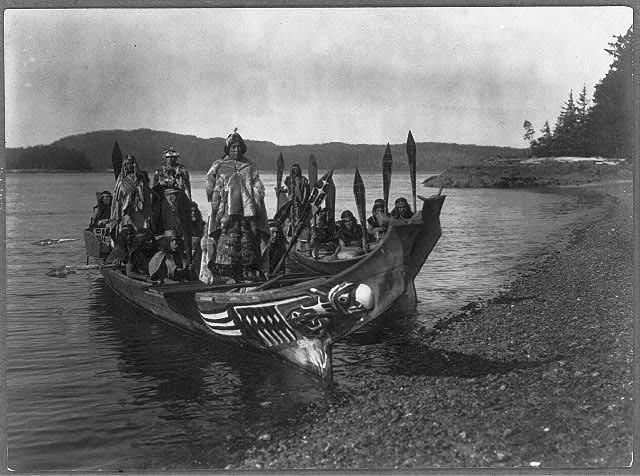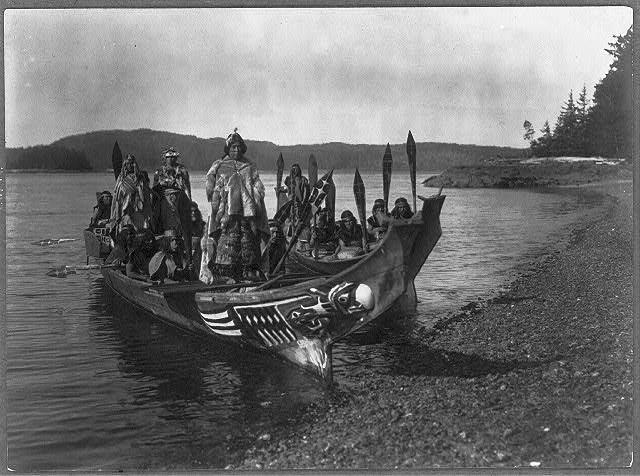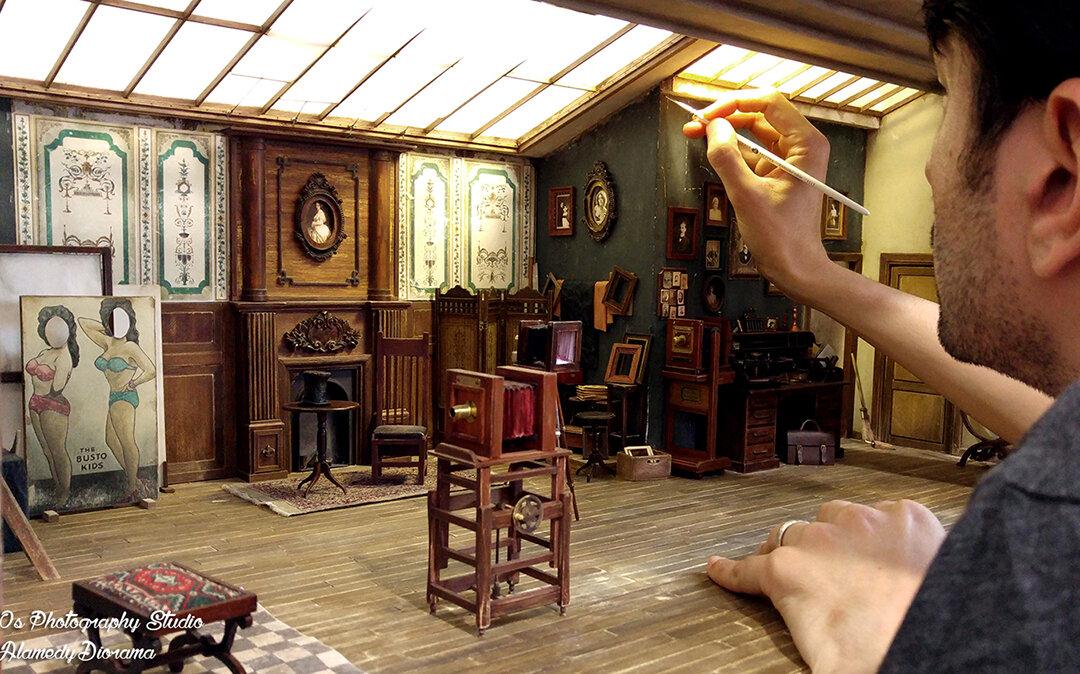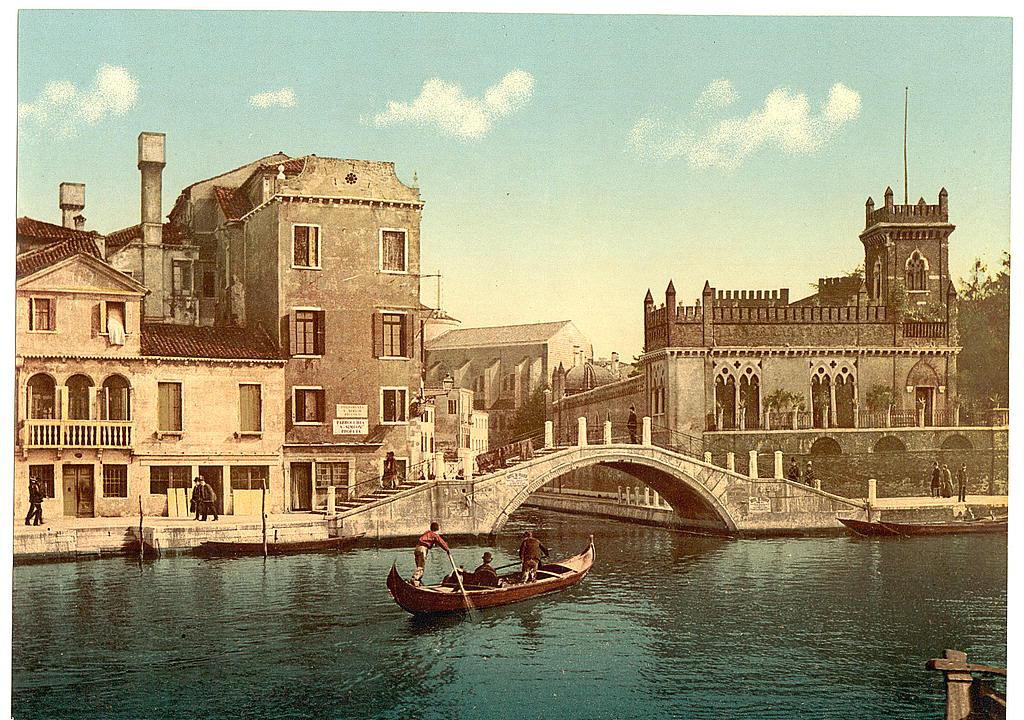When American photographer Edward S. Curtis first photographed Native Indians in 1906, he didn’t know that was just the beginning of his 20-year journey of photographing more than 80 tribes.
His fascination of indigenous people turned into a collection of more than 40,000 photos, named The North American Indian. Today they are an impressive record of life, culture, and the struggles of Native Americans.





